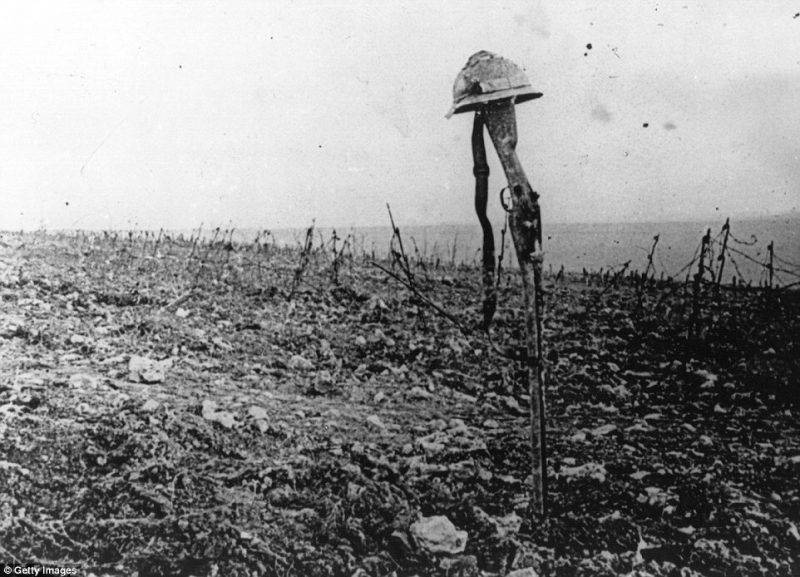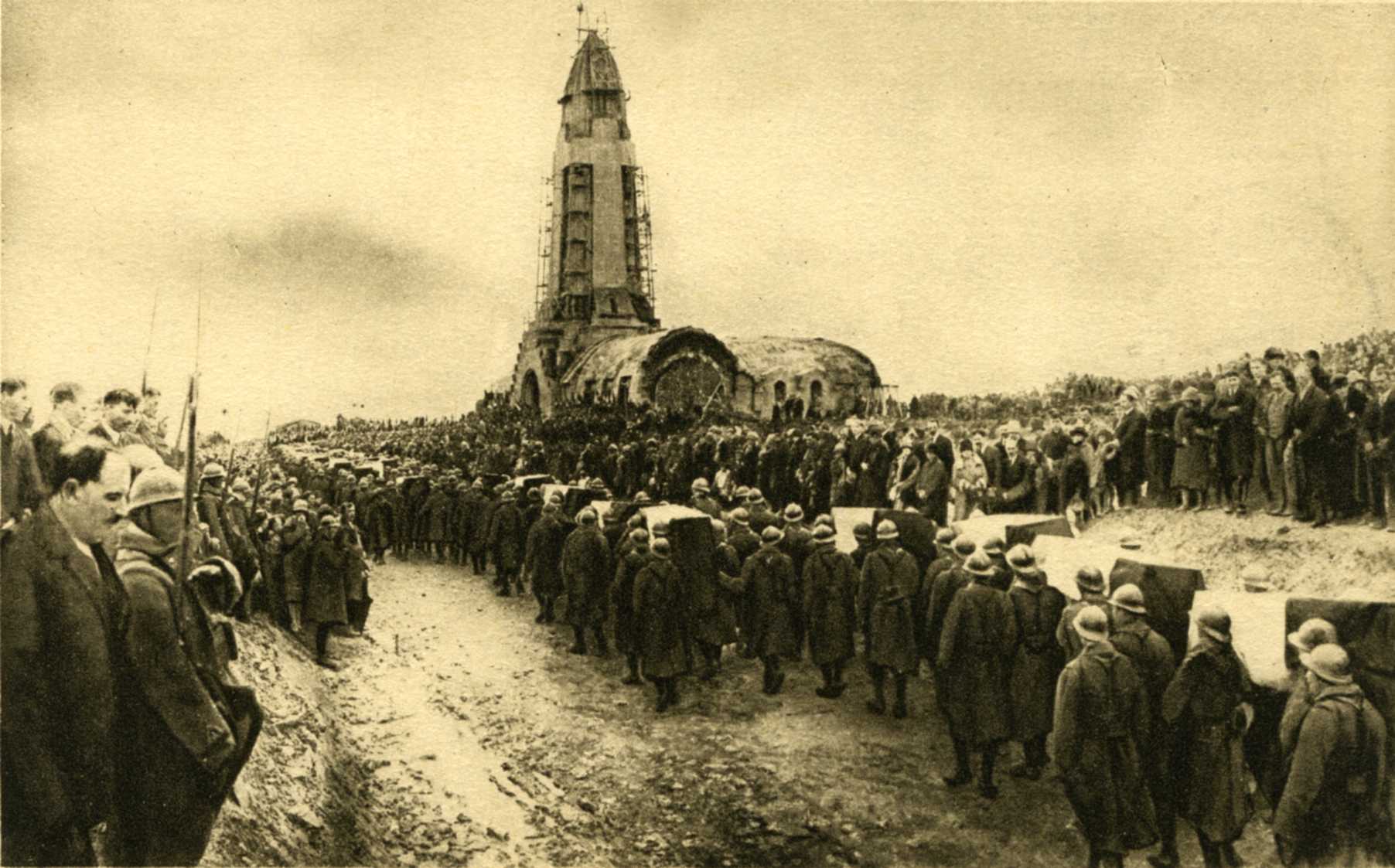

VERDUN BATTLE FACTS CRACK
Soldiers under fire could identify artillery by specific noises they made: One combatant noted that the French 75mm gun had a “sharp decisive note … which speaks quickly and in anger.” Soldiers also spoke of the “peculiar crack, crack they make.” The German 105mm howitzer was called a whizzbang. A shell hole left by a 15 cm ‘Jack Johnson’ (a German howitzer named after the famous boxer Jack Johnson because of its ‘punch’) had a diameter of 28 feet across and roughly 6 feet deep in the center. (French artillery was always pointed toward Germany - even in practice.) The Big Bertha was a German 420mm howitzer, named for a family member of the Krupp Arms manufacturer. The largest bore of an artillery piece in WWI (‘bore’ meaning the diameter of the barrel or tube) was on the French 520mm. In contrasting the French casualties at Verdun to the rest of the war. Over the next six weeks the French infantry gained another 2km at Verdun.Artillery was more destructive than ever before. On February 21, 1916, the Germans launched a surprise offensive at Verdun. The French now counter-attacked and General Charles Mangin became a national hero when the forts at Douaumont and Vaux were recaptured by 2nd November, 1916.

In France, the battle came to symbolise the determination. However, the scale of the German attacks were reduced by the need to transfer troops to defend their front-line at the Somme. In 2014, William Philpott wrote of 976,000 casualties in 1916 and 1,250,000 in the vicinity of Verdun. The French held this strategic point until it was finally secured by the Germans on 29th May, and Fort Vaux fell on 7th June, after a long siege.įurther attacks continued throughout the summer and early autumn. The Germans advanced 3km before they were stopped in front of the area around Mort Homme Hill. On the 6th March, the German Fifth Army launched a new attack at Verdun. The German advance was brought to a halt at the end of February. 330 French regiments were in the French army, eventually 259 regiments fought on the Western Front. Verdun was an ancient city that had been among the last to fall during France’s humiliating defeat in the 1870-71’s Franco-Prussian War, and it had since been built into one of the most heavily. The Battle of Verdun was fought from February 21 to December 18, 1916, and was one of the longest and deadliest battles of World War I. The same day, General Henri Philippe Petain, was the commander in Verdun, he gave orders no more withdrawls would take place. Pictured here, a French infantryman is shot as he is charging towards the German trenches Into the second day of battle the French soldiers were forced to pull back to their second line, by 24th February the French had moved back to the third line and were only 8km from Verdun. Verdun was defended by 200,000 French soldiers. The battle had started when a million Germans, led by Crown Prince Wilhelm, attacked Verdun.

Other imprecise estimates put the total casualties both sides suffered around Verdun over four years as. Commanding the German force would by General Erich von Falkenhayn. The Germans themselves suffered 337,000 casualties. The main objective of the Battle of Verdun, at least in the German point of view was to protect vital communications lines and to crush a bulge in the front line that threatened German interests. The battle was fought by German and French forces, from Februto Decemon hilly terrain north of the city of Verdun-sur-Meuse in north-eastern France. The Battle of Verdun was one of the major battles of World War I.

German infantrymen advancing during the attack


 0 kommentar(er)
0 kommentar(er)
